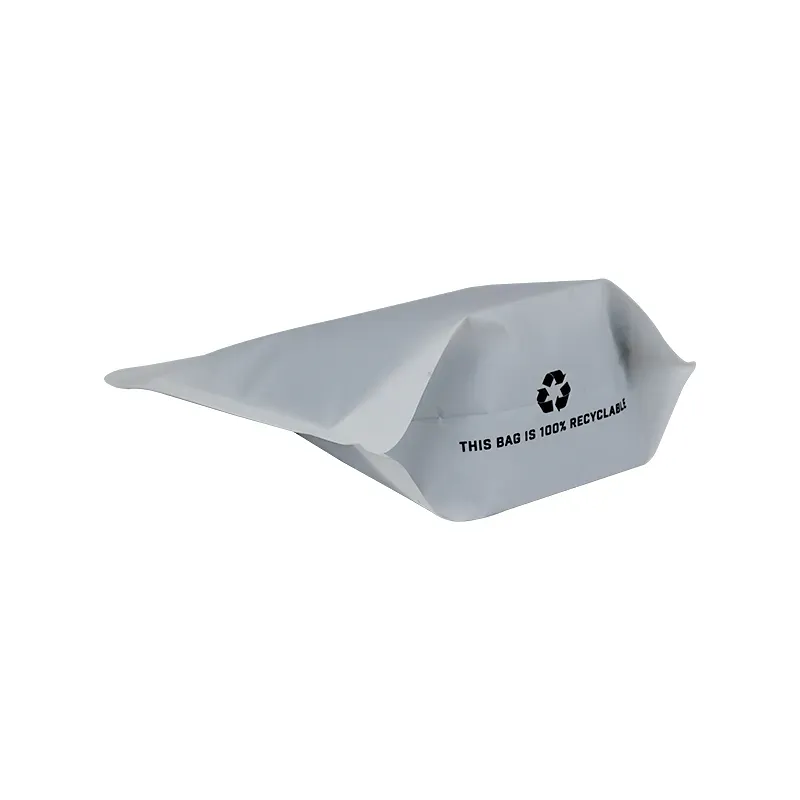- Afrikaans
- Albanian
- Amharic
- Arabic
- Armenian
- Azerbaijani
- Basque
- Belarusian
- Bengali
- Bosnian
- Bulgarian
- Catalan
- Cebuano
- chinese_simplified
- chinese_traditional
- Corsican
- Croatian
- Czech
- Danish
- Dutch
- English
- Esperanto
- Estonian
- Finnish
- French
- Frisian
- Galician
- Georgian
- German
- Greek
- Gujarati
- haitian_creole
- hausa
- hawaiian
- Hebrew
- Hindi
- Miao
- Hungarian
- Icelandic
- igbo
- Indonesian
- irish
- Italian
- Japanese
- Javanese
- Kannada
- kazakh
- Khmer
- Rwandese
- Korean
- Kurdish
- Kyrgyz
- Lao
- Latin
- Latvian
- Lithuanian
- Luxembourgish
- Macedonian
- Malgashi
- Malay
- Malayalam
- Maltese
- Maori
- Marathi
- Mongolian
- Myanmar
- Nepali
- Norwegian
- Norwegian
- Occitan
- Pashto
- Persian
- Polish
- Portuguese
- Punjabi
- Romanian
- Russian
- Samoan
- scottish-gaelic
- Serbian
- Sesotho
- Shona
- Sindhi
- Sinhala
- Slovak
- Slovenian
- Somali
- Spanish
- Sundanese
- Swahili
- Swedish
- Tagalog
- Tajik
- Tamil
- Tatar
- Telugu
- Thai
- Turkish
- Turkmen
- Ukrainian
- Urdu
- Uighur
- Uzbek
- Vietnamese
- Welsh
- Bantu
- Yiddish
- Yoruba
- Zulu
Understanding the Differences Between Cardboard and Corrugated Materials for Packaging Solutions
The Versatility and Sustainability of Cardboard and Corrugated Materials
In a world increasingly focused on sustainability and environmental responsibility, cardboard and corrugated materials have emerged as pivotal elements in packaging and shipping industries. Their lightweight nature, impressive strength, and ability to be recycled make them invaluable in various applications, from simple boxes used in everyday shipping to complex designs for high-end products.
Understanding Cardboard and Corrugated Materials
Cardboard is a general term that refers to various types of heavy paper products. At its core, cardboard is made from cellulose fibers, generally sourced from wood pulp. This versatile material can come in several forms, including single-layer paperboard and multi-layered corrugated cardboard.
Corrugated cardboard, on the other hand, consists of a fluted layer sandwiched between two flat liners. This unique construction provides a greater degree of strength and durability compared to regular cardboard, making it particularly suited for packaging and shipping items that require additional protection. The corrugated structure allows for better shock absorption and makes it easier to stack heavier items without the risk of crushing.
Applications in Packaging
The primary application of cardboard and corrugated materials lies in packaging. The shipping industry relies heavily on these materials due to their light weight and ability to be customized for various shapes and sizes. Cardboard boxes can be easily designed to fit products snugly, minimizing the risk of damage during transit. Retailers utilize corrugated packaging for everything from small electronics to clothing, ensuring that items arrive safely and in good condition.
In recent years, the rise of e-commerce has significantly increased the demand for corrugated packaging. Online retailers often have to consider not only how to protect their products but also how to optimize shipping costs. Because cardboard is lightweight and readily available, it enables businesses to reduce shipping expenses while also providing adequate protection for their goods.
Environmental Impact and Sustainability
cardboard corrugated

One of the most compelling aspects of cardboard and corrugated materials is their environmental sustainability. Both materials are recyclable, and a significant portion of cardboard used in packaging comes from recycled sources. This closed-loop cycle reduces the need for virgin materials and minimizes waste in landfills.
Many companies are now committing to sustainable practices by using eco-friendly inks and adhesives in their packaging and opting for materials that can be easily recycled by consumers. By doing so, they not only adhere to regulatory measures but also appeal to a growing consumer base that prioritizes environmentally conscious products.
Furthermore, the production process of cardboard and corrugated packaging has evolved to be more sustainable over time. Innovations in the manufacturing process have led to a reduction in water and energy usage, and many companies are also adopting renewable energy sources for manufacturing.
Future Trends in Cardboard and Corrugated Industries
Looking ahead, the future of cardboard and corrugated materials appears bright. The ongoing push towards sustainability and eco-friendly practices has inspired continuous innovation in materials and design. Companies are increasingly exploring biodegradable options and alternative raw materials that further reduce environmental impact.
Moreover, advancements in technology are enabling the development of smarter packaging solutions. For instance, incorporating smart labels and tracking technology into corrugated boxes could offer enhanced supply chain visibility, allowing retailers and manufacturers to monitor their products more effectively.
Conclusion
Cardboard and corrugated materials exemplify the intersection of utility and sustainability. They play a crucial role in numerous industries, particularly in packaging and shipping, while actively contributing to environmental sustainability through recycling and responsible sourcing practices. As the world moves towards greener alternatives, these materials are well-positioned to meet the demands of both consumers and businesses alike, promoting a more sustainable future for packaging solutions.













